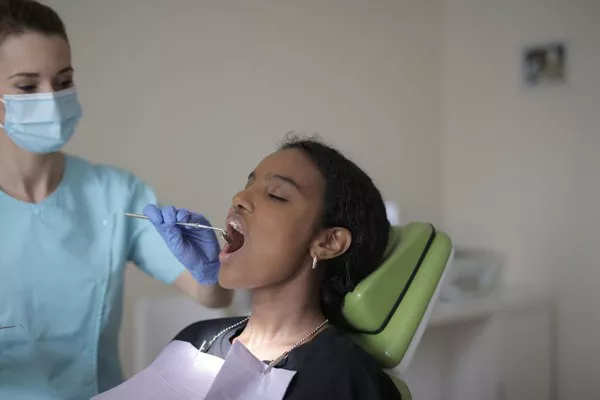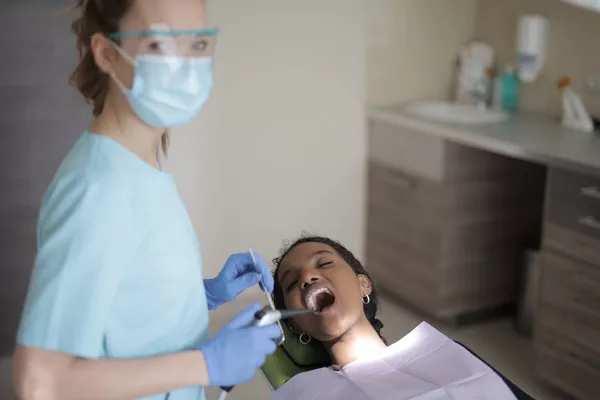Periodontitis, a severe gum disease affecting millions worldwide, requires a comprehensive approach involving professional intervention and diligent oral hygiene practices. One common concern among patients is the duration of treatment required to effectively manage the condition. In this article, we will delve into the various factors influencing the treatment duration of periodontitis, including disease severity, treatment methods, patient compliance, and maintenance protocols. By gaining a deeper understanding of these factors, patients and dental professionals can work together to establish realistic expectations and achieve successful outcomes.
Disease Severity
The severity of periodontitis plays a crucial role in determining the treatment duration. Periodontitis is classified into different stages based on the extent of gum and bone involvement. Mild cases with minimal tissue damage are often easier to manage and typically require less time for treatment. However, advanced cases with significant bone loss and deep periodontal pockets may necessitate more extensive and prolonged treatment. The initial assessment performed by a dental professional will help determine the severity of the disease and guide the treatment plan.
In mild cases, non-surgical treatments such as scaling and root planing can be effective. This procedure involves removing plaque and tartar from the teeth and smoothing the tooth roots to promote gum reattachment. Depending on the number of affected areas, several appointments over a few weeks may be required. Regular monitoring and follow-up visits allow the dentist to evaluate the progress and adjust the treatment plan accordingly.
Moderate to severe cases of periodontitis often require a combination of non-surgical and surgical interventions. Surgical procedures like flap surgery, where the gums are lifted to access deeper infected areas, or bone grafting, to replace lost bone, may be necessary. Surgical treatments generally involve longer treatment durations, including pre-operative preparations, the surgery itself, and post-operative healing time. The healing process can take several weeks to months, during which the patient needs to follow post-operative instructions diligently.
Treatment Methods
Several treatment methods are available for managing periodontitis, each with its own timeline and effectiveness. The choice of treatment method depends on factors such as disease severity, patient preferences, and the dentist’s expertise.
Non-surgical treatments are often the first line of defense in managing periodontal disease. Scaling and root planing, also known as deep cleaning, involve removing plaque and tartar from above and below the gumline. This procedure may require multiple visits to ensure thorough cleaning of all affected areas. Antibiotics or antimicrobial agents may be prescribed alongside non-surgical treatments to control bacterial growth and reduce inflammation.
In some cases, adjunctive therapies such as laser therapy or local drug delivery systems may be employed to enhance treatment outcomes. Laser therapy helps remove infected tissue and promotes gum healing, while local drug delivery systems provide targeted delivery of antimicrobial agents directly into the periodontal pockets.
For more advanced cases, surgical intervention becomes necessary. Procedures like flap surgery, bone grafting, guided tissue regeneration, or enamel matrix derivatives aim to eliminate deep infection, restore damaged structures, promote new bone and tissue growth, and create a more conducive environment for oral hygiene practices.
Patient Compliance
Patient compliance and participation are critical factors affecting the treatment duration of periodontitis. Successfully managing periodontitis requires active involvement and commitment from the patient.
Following the dentist’s instructions regarding oral hygiene practices is crucial for treatment success. Patients must maintain a regular routine of brushing twice a day and flossing daily. Special attention should be given to cleaning along the gumline and between teeth to remove plaque effectively. The use of additional tools like interdental brushes or water flossers can aid in reaching difficult-to-access areas.
Adherence to medication usage, such as prescribed antibiotics or antimicrobial mouth rinses, is essential. These medications help control bacterial growth and reduce inflammation. It is vital for patients to complete the full course of prescribed antibiotics to ensure effective treatment outcomes.
Making lifestyle modifications can significantly impact treatment duration and overall oral health. Patients should quit smoking, as tobacco use hinders the healing process and increases the risk of disease progression. Adopting a balanced diet rich in fruits, vegetables, and whole grains, while minimizing the consumption of sugary foods and beverages, helps maintain optimal oral health.
Maintenance Protocols
After completing active treatment for periodontitis, patients enter the maintenance phase, which is crucial for long-term success. Maintenance protocols typically involve regular visits to the dentist or periodontist for evaluation, professional cleanings, and ongoing monitoring of gum health.
The frequency of maintenance visits varies depending on the individual’s response to treatment and risk factors for disease recurrence. Typically, patients are recommended to visit their dental professional every three to four months during the first year post-treatment
Related Topics:






























